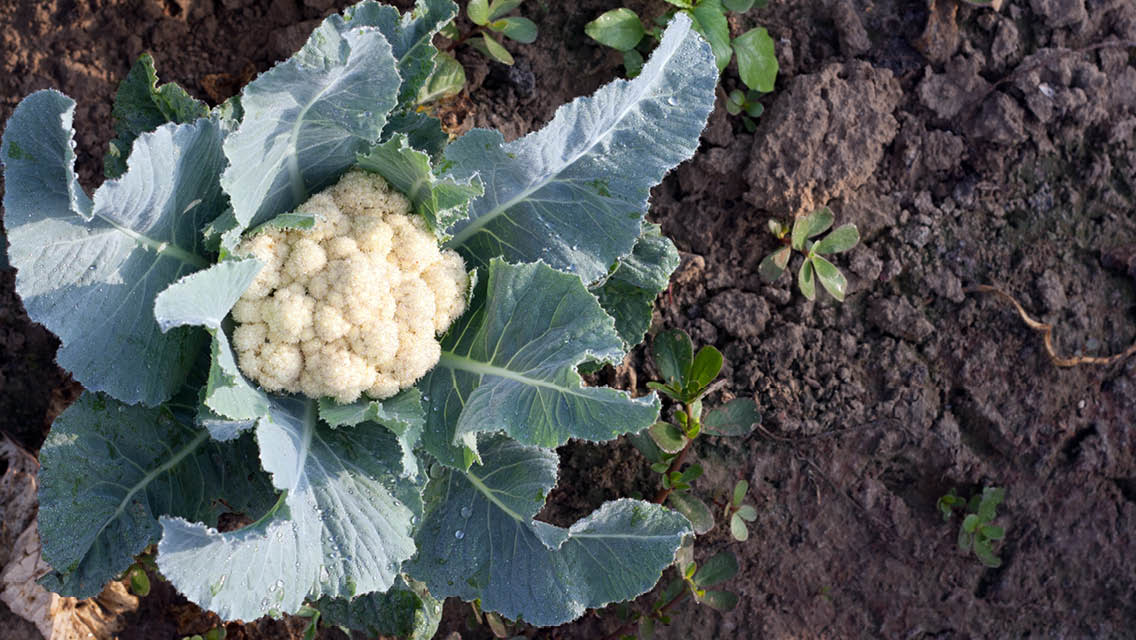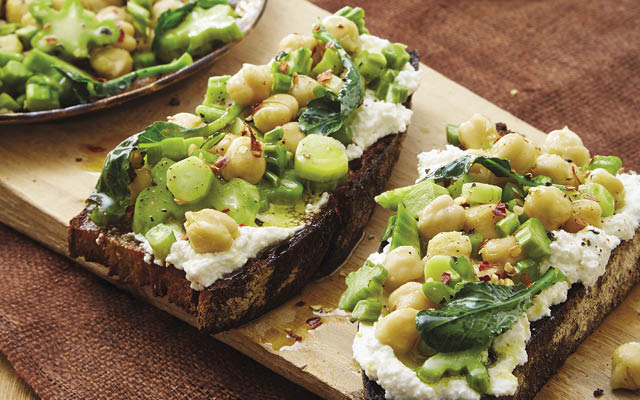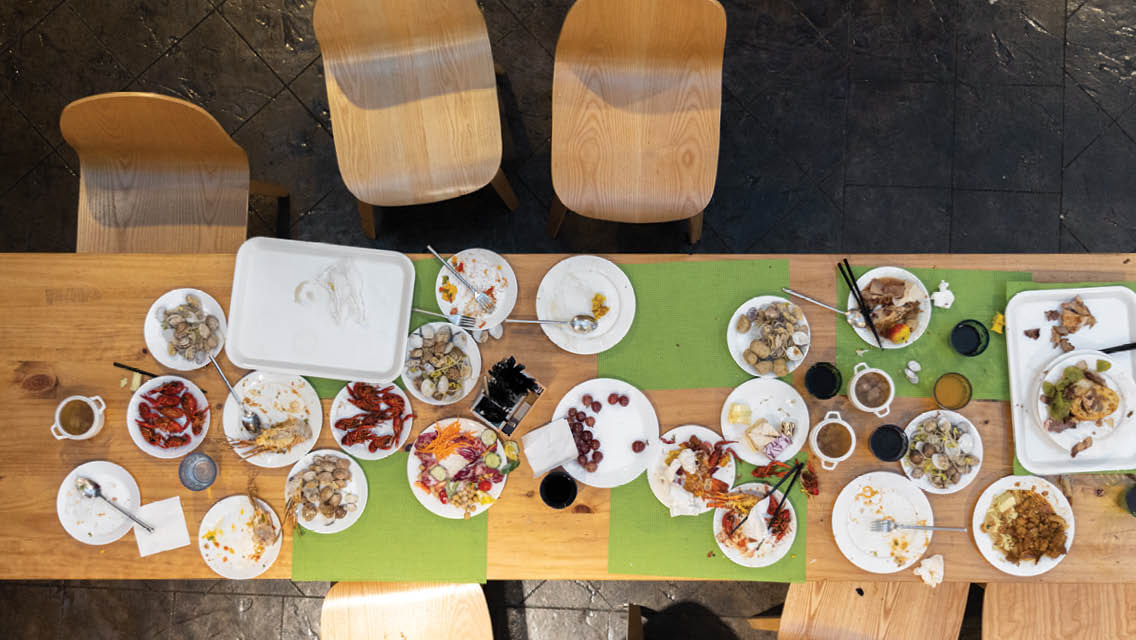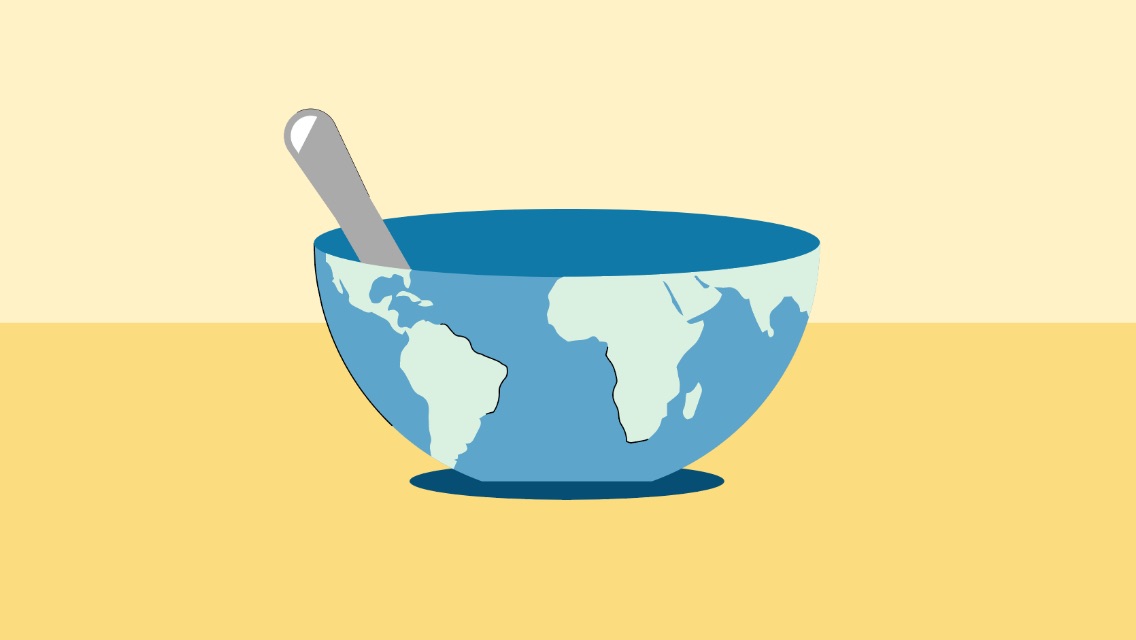Between 30 and 40 percent of all food produced for humans is lost or wasted along the supply chain — which the Food and Agriculture Organization (FAO) of the United Nations says is untenable when some 870 million people worldwide don’t have enough to eat.
Food loss occurs during harvest, production, transportation, and storage; food waste is more prevalent with retail stores and consumers. The FAO estimates that if even a quarter of lost food were saved, it could end world hunger.
If even a quarter of lost food were saved, it could end world hunger.
Innovative food producers are striving to find ways to minimize this loss. One such strategy is upcycling food.
Upcycled food is made with ingredients that otherwise would not have been deemed marketable or appetizing. They are “procured and produced using verifiable supply chains and have a positive impact on the environment,” states the Upcycled Food Association.
Using imperfect or damaged vegetables and fruits can help farmers save the 20 percent of their crops that is unsellable for aesthetic reasons.
This is a sampling of the companies that are making the most of upcycling:
- Grounded Foods collects imperfect or damaged cauliflower and uses it to create vegan cheese.
- Renewal Mill uses byproducts of plant-based milk production to craft gluten-free flours.
- Wild Arc Farm produces traditional piquette, a wine made with leftover grape skins, seeds, and stems from the initial wine production.
- ReGrained incorporates used brewers’ grains from beer making to fashion baking mixes for brownies, pizza crusts, banana bread, and carrot cake, as well as other offerings. Each mix saves up to 100 gallons of water by reusing grains.
Upcycling food is only a partial solution to the estimated 1.5 trillion pounds of food wasted annually. To learn about steps you can take to combat food waste, see “How to Reduce Your Food-Waste Footprint“.
This article originally appeared as “New Trend: Upcycled Food” in the December 2022 issue of Experience Life.





This Post Has 0 Comments